5 Seasonal Vegetables to Buy in Japan This Winter
Enjoy Japan’s Cold-Weather Crops
Winter doesn’t have to mean meat and potatoes! Get to know Japan’s delicious seasonal vegetable picks for the chilliest time of year.
Money can be tight after the holiday season. When the days of fun and feasting have faded, January often brings a period of reflection and saving for the new year ahead. Happily, your food budget doesn’t have to break the bank with expensive imports (looking at you, pricey Chilean blueberries!). Alongside the leaner meat and fish choices that often get switched in as we double down on our New Year’s resolutions, why not fill up your plate with affordable and healthy Japanese seasonal winter vegetables?
Winter vegetables may get a bad rap for their lack of variety. Indeed, although I am a big fan of root vegetables, I did tire of throwing them in the oven as a wintery side dish in Canada. But, actually, Japan’s cold-weather specialties have quite a varied taste profile, from earthy and deep to peppery and sharp. Domestically grown, full of vitamins and minerals, and plenty of “Japan-only” appeal: dig into our list below to discover five stars of fuyu (winter)!
1. Burdock Root
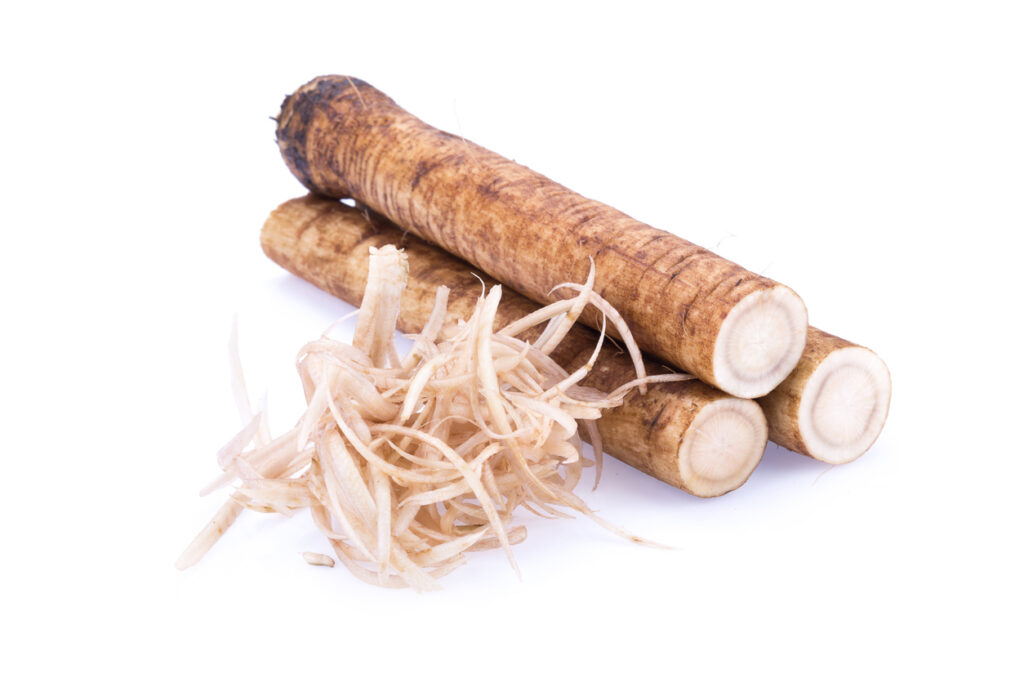 © Photo by iStock: sirichai_asawalapsakul
© Photo by iStock: sirichai_asawalapsakulGobo (Burdock Root) is a slender root vegetable resembling a pale white tree root that can grow year-round but is primarily harvested during the fall and winter seasons. Burdock root is high in fiber which regulates blood sugar levels, so it’s often eaten to help with digestion or ground into powder and sold as a dietary tea.
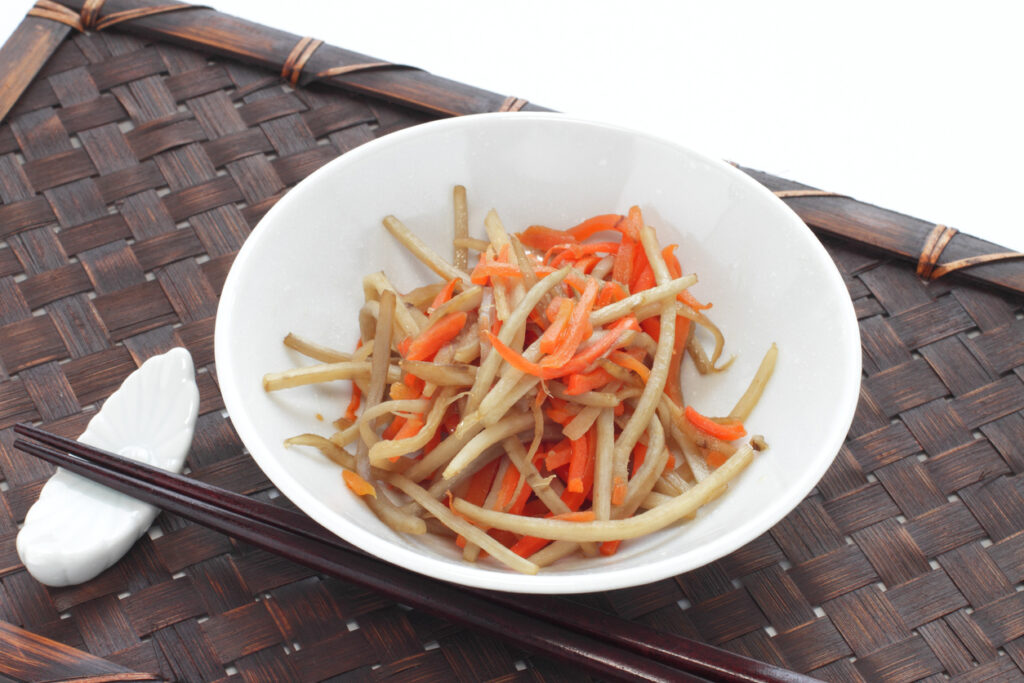 © Photo by iStock: yumehana
© Photo by iStock: yumehanaWhen cooking with burdock, it’s best to not peel the skin as that is where the most nutrients are located, but giving the root a good scrub and soaking it in cold water will help remove the dirt and reduce its bitter taste. A popular recipe with burdock root is kinpira gobo, or sliced gobo with carrots and sesame, which is a staple for home cooks across Japan. Meanwhile, Hakata, Fukuoka prefecture’s specialty is tempura gobo-topped udon noodles which attract long lines of hungry tourists.
2. Napa or Chinese Cabbage
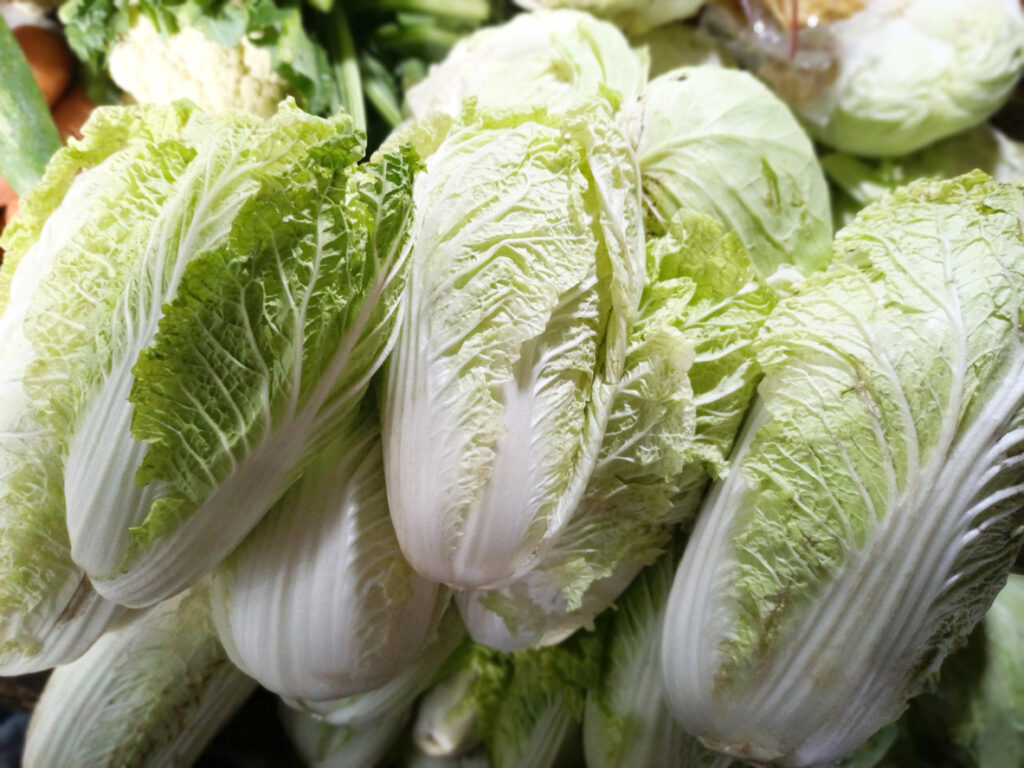 © Photo by iStock: wahid hasyim asyari
© Photo by iStock: wahid hasyim asyariHakusai (Napa or Chinese Cabbage), meaning “white vegetable”, is the most crucial leafy green in Japanese winter cuisine. This cabbage is widely available across Japan during the winter season where you will often see the white-stemmed, crinkly-leafed veggie piled high at the supermarket. Napa cabbage is easy to grow and can withstand temperatures as low as zero degrees Celsius as a cold weather crop.
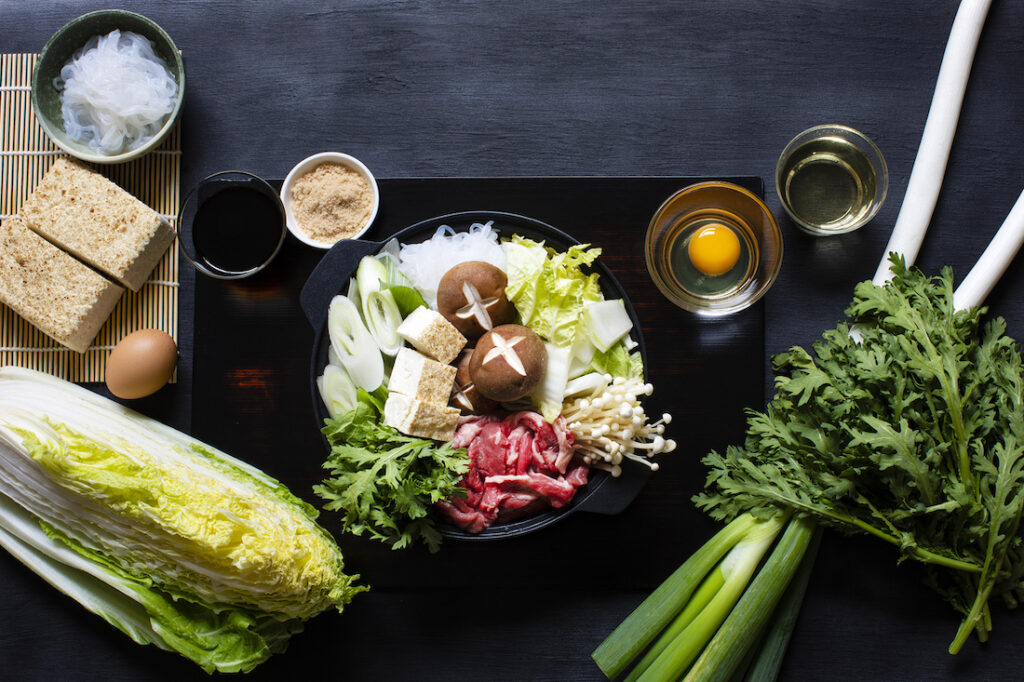 © Photo by iStock: Yuuji
© Photo by iStock: YuujiNapa cabbage has a mild and slightly sweet flavor and can be easily steamed and stewed into a variety of dishes, like hot pot and cabbage rolls, as well as being the main ingredient in the kimchi sold in Japan. Napa cabbage is also low in calories, high in water content, and loaded with vitamins and antioxidants to help stem off the various colds and viruses that may come your way during the winter season.
3. Japanese Radish
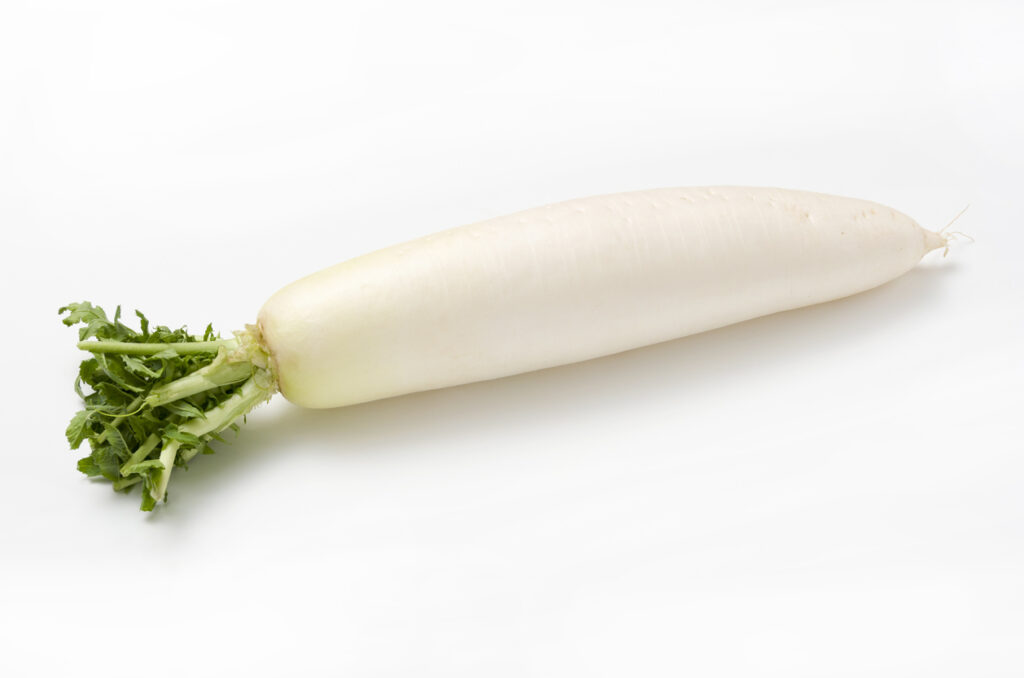 © Photo by iStock: karimitsu
© Photo by iStock: karimitsuNo vegetable is more iconic in Japan than daikon (Japanese radish). Daikon or literally “big root” is commonly bright white in color and notable for its size, especially compared to small red garden radishes. There are several varieties of Japanese radish, but the largest one is Kagoshima prefecture’s Sakurajima shimadekon (island daikon in dialect) which holds a Guinness World Record for being the biggest radish in the world.
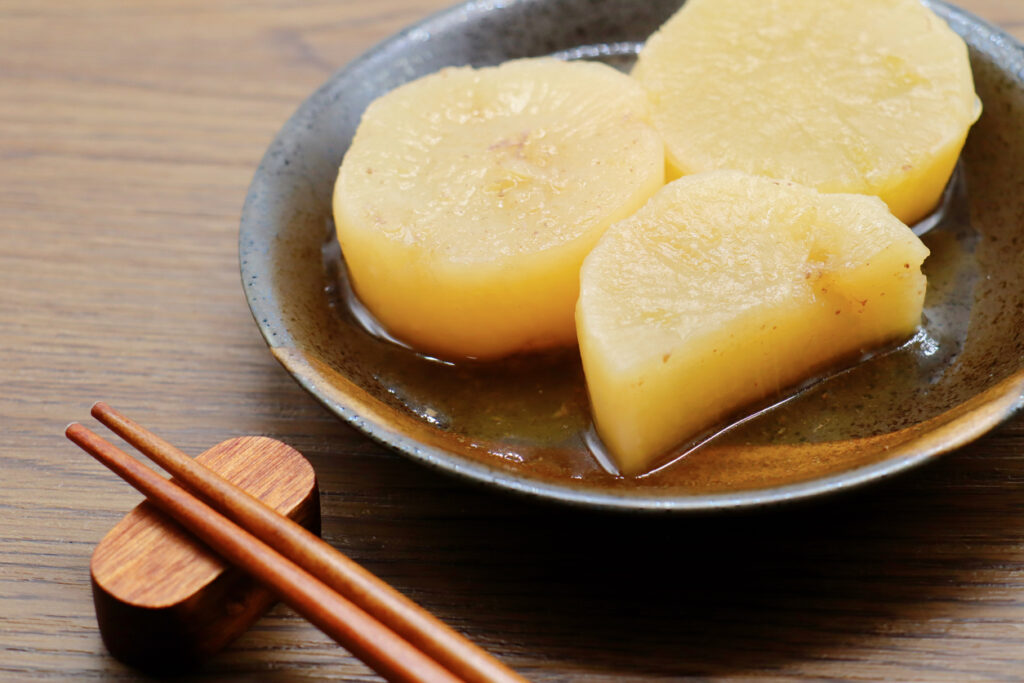 © Photo by iStock: Yusuke Ide
© Photo by iStock: Yusuke IdeJapanese radishes are considered to have a more mellow taste which is less sharp and peppery than other radish varieties. In Japanese cuisine, daikon is often grated and served alongside dipping sauces, or thinly sliced and served on top of fresh salads. In the colder weather, it is also boiled in soy sauce or added to stews and hot pots which brings out its sweeter flavors.
4. Japanese Mustard Green
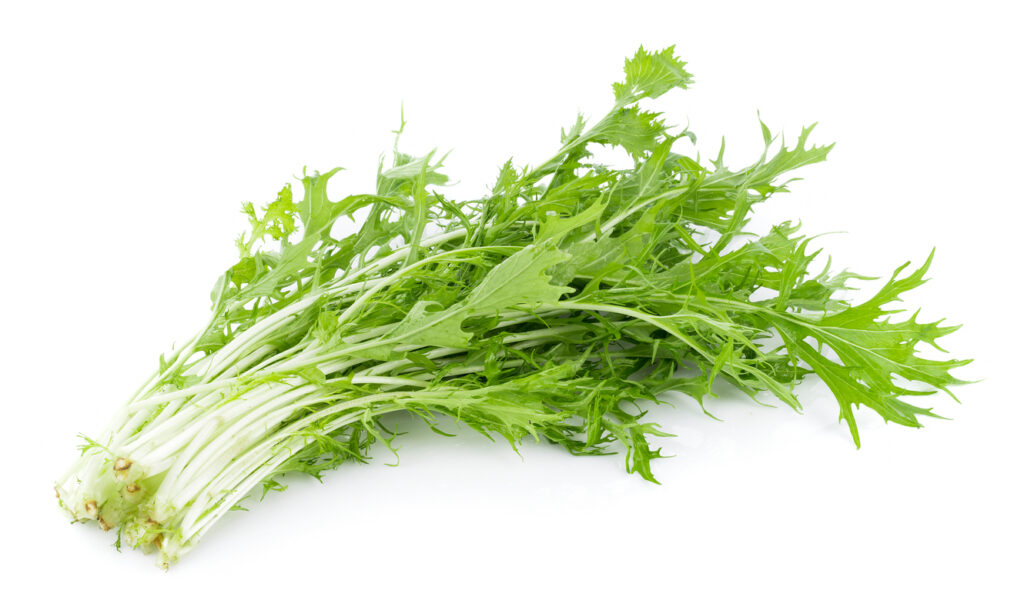 © Photo by iStock: nortongo
© Photo by iStock: nortongoMizuna (Japanese mustard greens) are wintery leafy greens that grow in large white bulbs from October to March. They are prolific plants that grow quickly and are productive whereby a single bulb can produce up to 600 leaves. Mizuna is also called kyona because it was historically grown in the Kyoto region and is considered to be one of the few native vegetables of Japan.
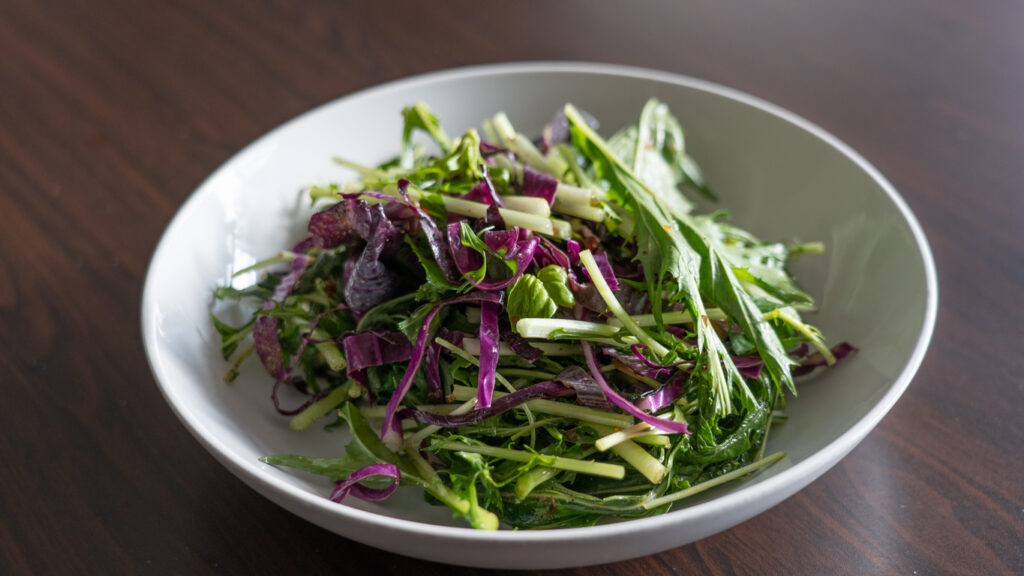 © Photo by iStock: Stossi mammot
© Photo by iStock: Stossi mammotMizuna has a peppery and mildly bitter flavor. They are commonly grown for salad mixes and can be easily paired with other greens. These mustard greens can also be sautéed in stir-fries where they will wilt and shrink like spinach. As well, mizuna is a popular last-minute addition to stews and hot pots like nabe yaki udon (hot pot udon noodles).
5. Enoki Mushrooms
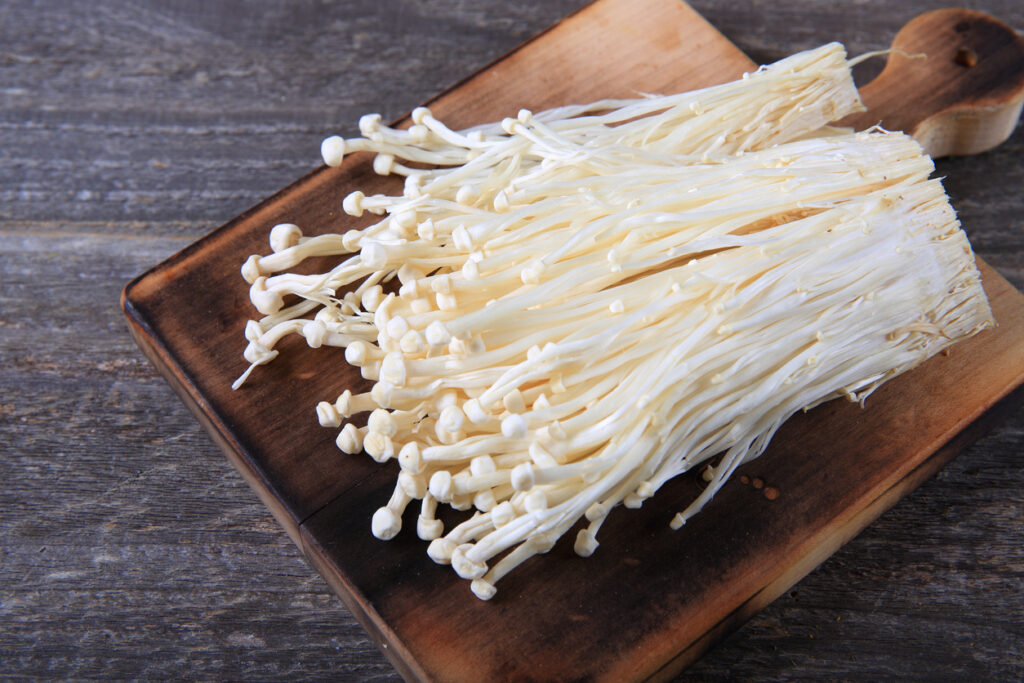 © Photo by iStock: 4nadia
© Photo by iStock: 4nadiaEnokitake (enoki mushrooms) are white, thin, tendril-like mushrooms that naturally grow on tree logs from late fall to early spring. The roots of the mushroom are grown interconnected and produce small bundles which are then cut and sold to supermarkets. When storing them at home, remove them from any plastic packaging and place them in the crisper to avoid spoilage.
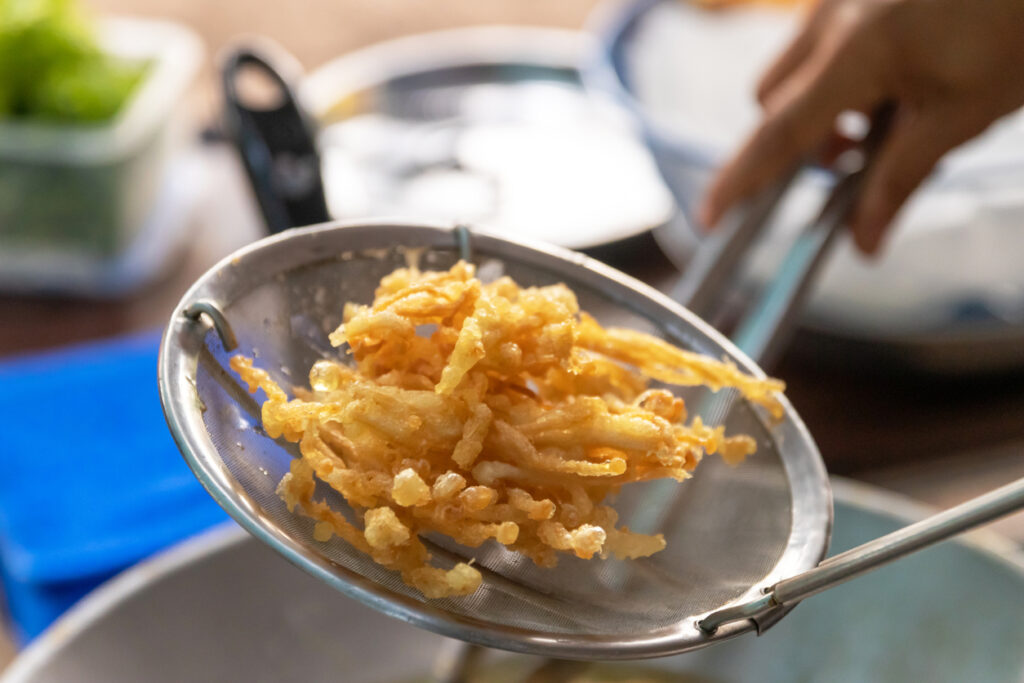 © Photo by iStock: PJjaruwan
© Photo by iStock: PJjaruwanEnoki mushrooms have an earthy and slightly nutty flavor that will add depth to your cooking. Like other mushrooms in Japan, enoki is used in various dishes, from soups and stews to stir-fries. They are even popular deep-fried as an appetizer or snack while drinking. For an easy meal, make some takikomi gohan (Japanese mixed rice) where you cook enoki mushrooms with rice in the rice cooker.
So, get your nabe (hot pots) bubbling and try out these five Japanese winter vegetables! And, if you want them all to share the same hot pot, why not give it a go? Just make sure to only add your mizuna at the very last minute to preserve its delicate flavor and texture.












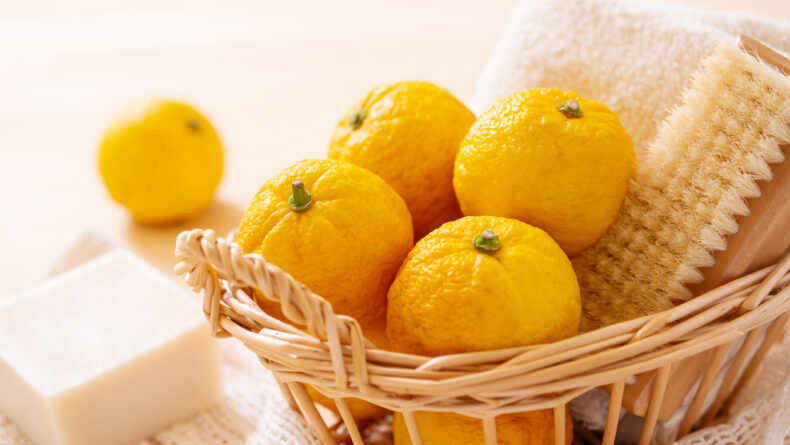



Leave a Reply